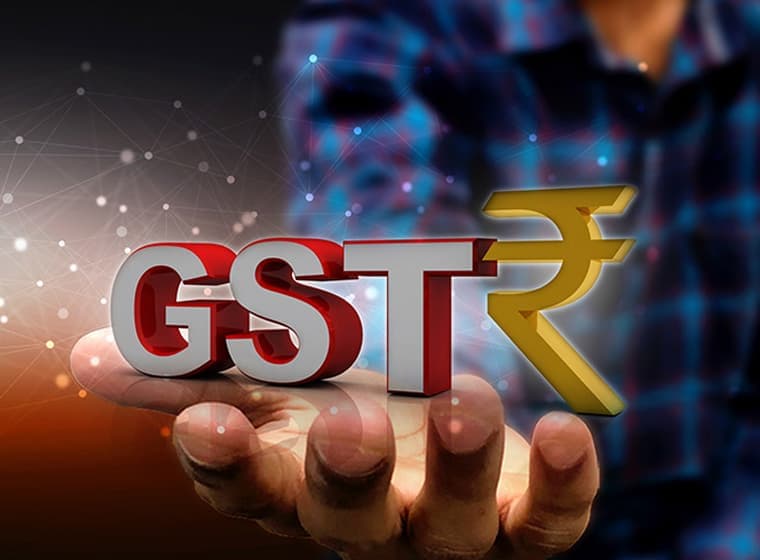Loan for Export Business
Those who choose Aadhaar authentication will receive a new GST registration within three working days and will not have to wait for physical verification. Those who do not choose Aadhaar authentication for GST registration will be granted it only after physical or documentary verification of the place of business, which may take up to 21 working days or more if a notice is issued.
Introduction:
The Goods and Services Tax, or GST, is an additional tax levied on all goods and services purchased for domestic consumption. All items go through various stages in the manufacturing process, such as purchasing raw materials, manufacturing, warehousing, and selling the product. The GST is a multi-stage tax because it is charged at each stage.
The Goods and Services Tax (GST) is a multi-stage, destination-based tax levied on every instance of product value addition.
What does this mean?
Every item goes through several steps in the manufacturing process. The first stage involves purchasing the raw materials required to manufacture a product. Then comes the manufacturing, or production. Following that is the warehousing of the materials, the sale of the product to retailers, and the final stage is when a retailer sells this product to complete the cycle. Because the GST is levied at each stage of the process, it is referred to as a “multi-stage tax.”
Assume you want to avoid GST registration within the confines of the law. If that’s the case, this article is for you. As news about GST registration continues to circulate, the article below will help you understand how not to register. We will discuss how to avoid tax registration in this section.
But first, one must understand why and when GST registration becomes mandatory.
When is GST registration required?
The following are some examples of when you must register under GST-
- When you cross the threshold (an annual turnover above 20 lakhs)
- Organizing an interstate supply (i.e., supplying from one state to another)
- Exempted and non-exempt goods supply (together)
Please keep in mind that whether the turnover is interstate or not is unimportant.
E-Commerce. You must unquestionably register for GST.
How Can You Avoid This After Crossing the GST Threshold?
Assume you are a supplier/retailer/service provider with an annual revenue of more than 20 lakh. In that case, you must file a tax return. Furthermore, the annual collective turnover for one pan across India is calculated.
As a result, if the invoices are issued under a different PAN, the exemption limit is multiplied by two. For example, suppose you own three different entities: a sole proprietorship, a partnership, and a HUF. In this case, the total basic exemption is 60 lakh, with each business receiving 20 lakh.
How to Avoid GST When Making Interstate Supply
Everyone who moves goods or services from one state to another must register for GST. The turnover has no bearing on this. For example, if the income is less than Rs. 20 lakh but the supply is interstate. It becomes necessary for you to register for the tax.
How Does One Avoid GST When Supplying Both Exempt and Non-Exempt Goods?
Assume an individual is only supplying exempted goods. In that case, no GST registration is required. Still, suppose the same person is supplying both exempt and non-exempt goods. In that case, the exemption will be null and void. The individual must register with the GST.
This is How to Avoid Registration and Compliance –
The only difference is that one can continue to supply exempt goods under their name while also supplying non-exempted goods under another entity.
If you are subject to compulsory registration, you must register or face consequences.
1,215 Total Views



